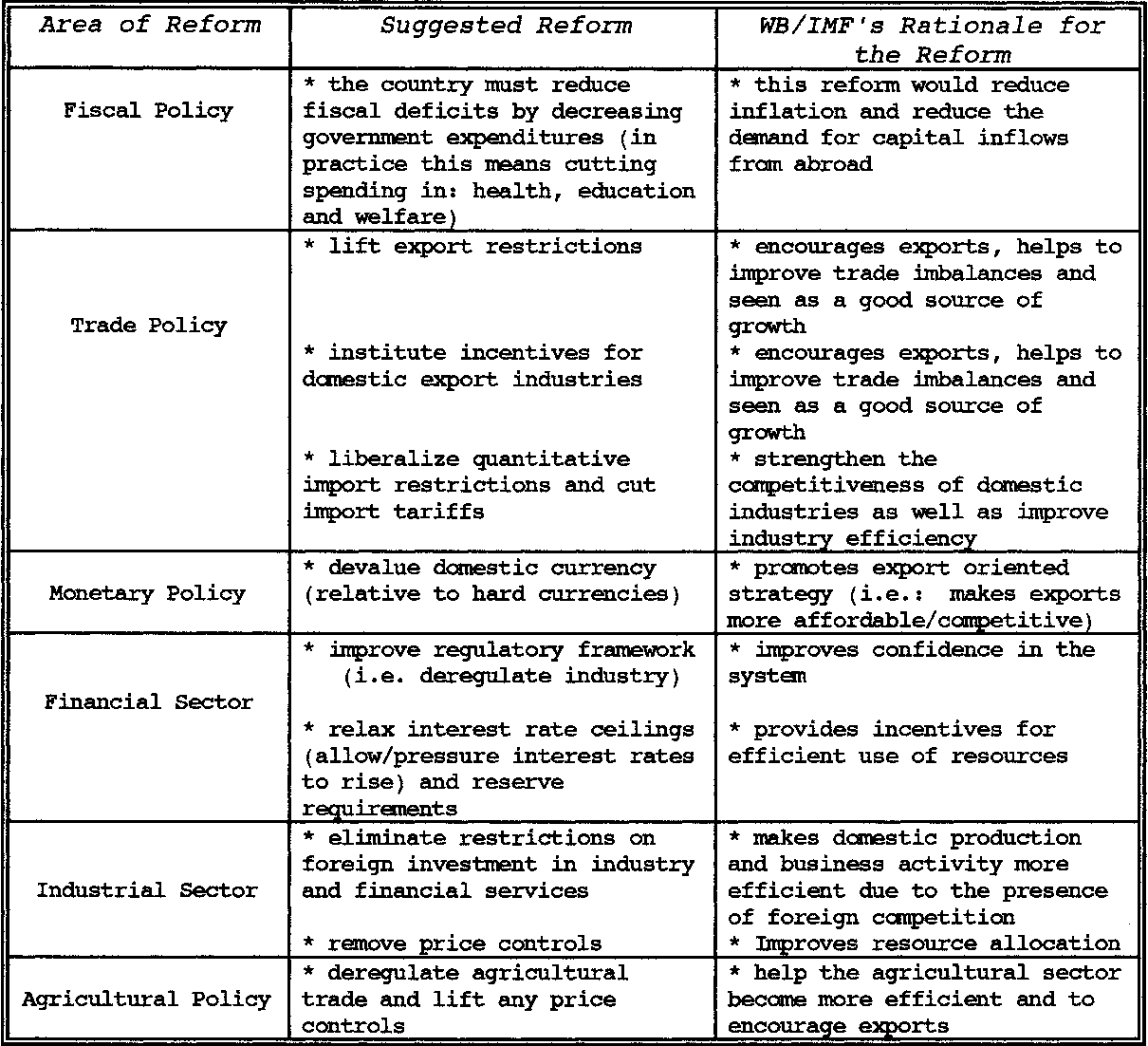Q.7 What are the major policy prescriptions of structural adjustment and stabilization of the World Bank and IMF vis-à-vis Pakistan? 2018

Structural adjustment and stabilization policies are economic policies promoted by the International Monetary Fund (IMF) and the World Bank to help countries facing economic crises or long-term economic difficulties. In Pakistan, the IMF and the World Bank have implemented several structural adjustment and stabilization policies over the years. The following are some of the major policy prescriptions:
- Fiscal austerity: The IMF and the World Bank have often prescribed fiscal austerity measures to reduce government spending, balance the budget, and reduce the fiscal deficit. This may include cutting public sector jobs, reducing subsidies, and increasing taxes.
- Monetary policy: The IMF and the World Bank may recommend that Pakistan adopt tighter monetary policies to control inflation and stabilize the currency. This may include raising interest rates and tightening credit conditions.
- Trade liberalization: The IMF and the World Bank often advocate for trade liberalization measures to promote economic growth and increase exports. This may include reducing trade barriers and tariffs, and promoting free trade.
- Privatization: The IMF and the World Bank may recommend that Pakistan privatize state-owned enterprises to reduce the fiscal burden on the government and increase efficiency.
- Structural reforms: The IMF and the World Bank may prescribe structural reforms to improve the efficiency of the economy and promote growth. This may include reforms to the legal system, labor markets, and regulatory frameworks.
- Social safety nets: The IMF and the World Bank may also recommend that Pakistan implement social safety net programs to protect the most vulnerable members of society from the negative impacts of economic reforms.
Overall, the major policy prescriptions of the IMF and the World Bank vis-à-vis Pakistan include fiscal austerity, monetary policy, trade liberalization, privatization, structural reforms, and social safety nets. These policies are intended to stabilize the economy, promote growth, and reduce poverty, but they may also have negative impacts on vulnerable populations and may not always be well-received by the public.